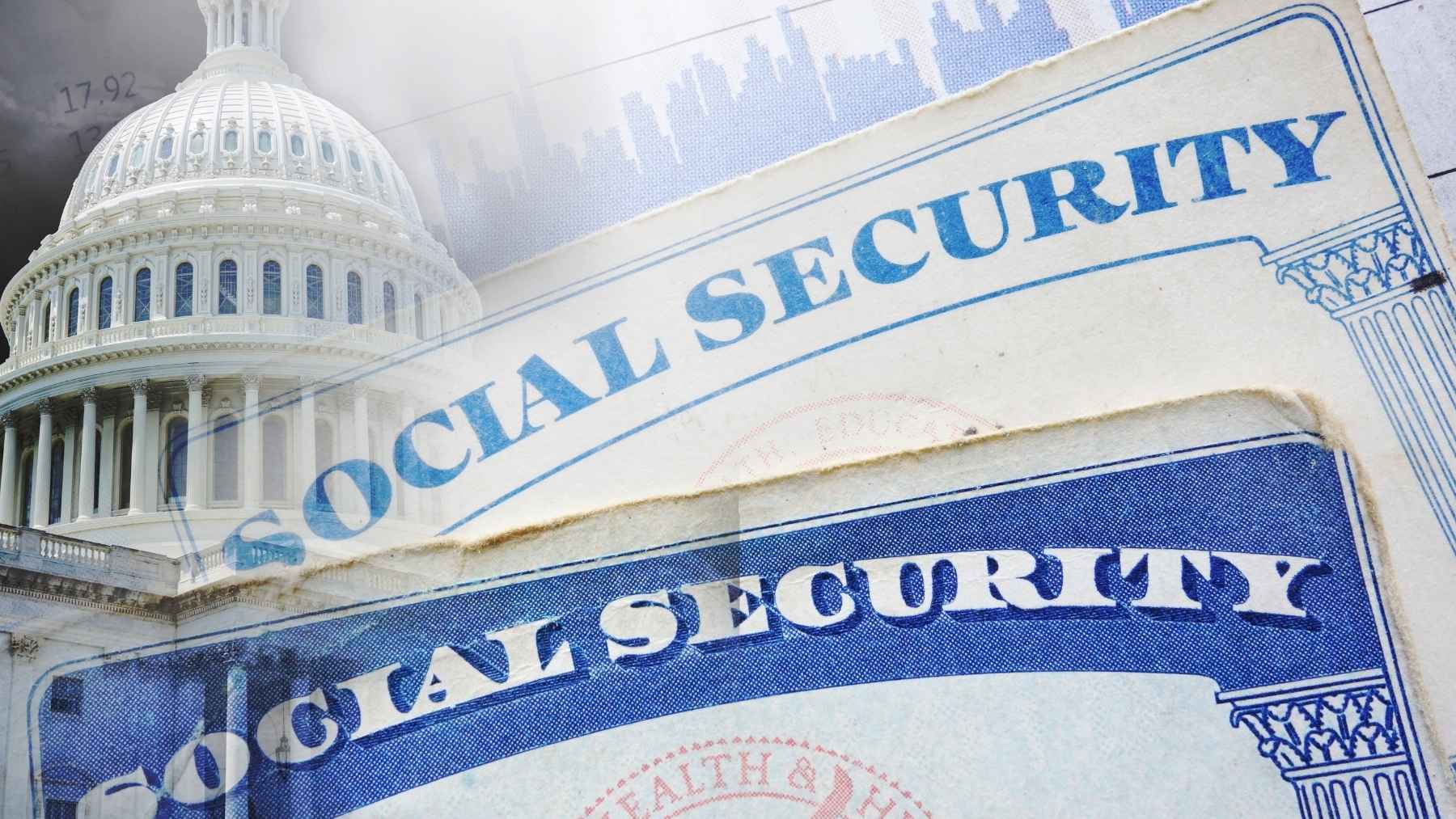Social Security was created nearly a decade ago and for the first time since, the full retirement age (FRA) is about to reach 67. As of 2026, that’ll be the new benchmark for Americans hoping to claim their full Social Security benefits, this is a milestone that’s been decades in the making.
But the big question remains: will the program even be around when you hit retirement?
A System Under Pressure
Social Security, signed into law by President Franklin D. Roosevelt in 1935, was a landmark response to the poverty crisis facing elderly Americans during the Great Depression. It was designed to provide income for retired workers aged 65 and older, a safety net that’s supported generations since.
According to the latest projections, Social Security’s trust fund could run out of money by 2034. Unless Congress acts, retirees could face across-the-board benefit cuts within the next decade.
Why the Retirement Age Is Changing
The move to push the full retirement age to 67 didn’t happen overnight. It traces back to a 1983 law signed by President Ronald Reagan, passed to keep Social Security from going broke as the system started running into serious financial trouble.
At the time, Social Security was on shaky ground. The money going out in benefits was starting to exceed the money coming in, mainly because there weren’t enough workers to support the growing number of retirees. When the program started, there were about 42 workers for each retiree. By the 1980s, that number had dropped sharply and now it’s down to just 2.7 workers per retiree.
Life expectancy has also changed the game. When Social Security began, the average American didn’t live much past 61. Today, people are living into their late 70s or even 80s, meaning they’re drawing benefits for much longer than the program originally anticipated.
What the New Full Retirement Age Means
The age at which you can collect full Social Security benefits depends on when you were born. Anyone born in 1960 or later will need to wait until 67 to receive 100% of their benefits.
Here’s how the numbers break down using a hypothetical monthly benefit of $1,800:
- Retiring at 62: You can start collecting early, but your monthly checks will be permanently reduced to about 70% of your full benefit, around $1,260.
- Retiring at 65: You’d receive about 87%, or $1,560 per month.
- Retiring at 67: You’d get the full $1,800.
- Waiting until 70: Your benefit increases to roughly 124%, which means about $2,323 per month.
Once you hit 70, the monthly increase stops. So, for those with the means and good health, delaying retirement can significantly boost long-term income.
When Should You Retire?
There’s no simple answer for when to retire. It really comes down to your personal situation, things like how healthy you are, how much you’ve saved, whether you still enjoy your work, and how long you think you’ll live, all play a role.
The Long Climb to 67
By 2007, the FRA settled at 66 for a while. Then it resumed its upward climb by two-month increments until it finally lands at 67 in 2026. From then on, anyone turning 65 will have to wait two more years for full benefits.
A Crossroads Ahead
With the full retirement age moving to 67 and Social Security’s funds drying up, Americans are being forced to make some hard decisions about retirement. Whether or not lawmakers step in to fix the system, more of the responsibility is landing on regular people to figure it out for themselves. One thing’s for sure, the days of counting on an easy, early retirement are slipping away.

